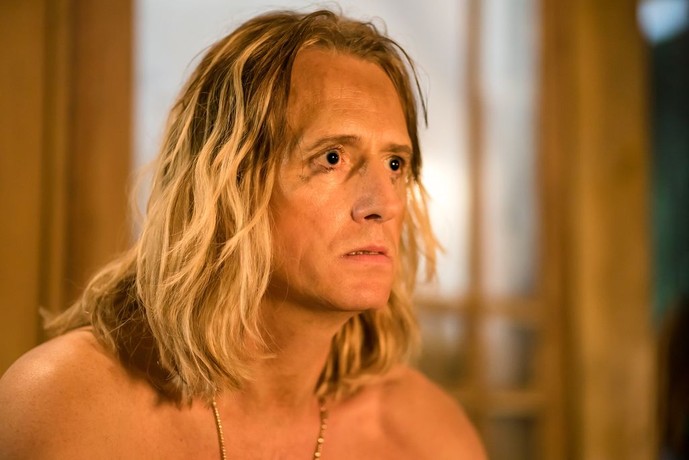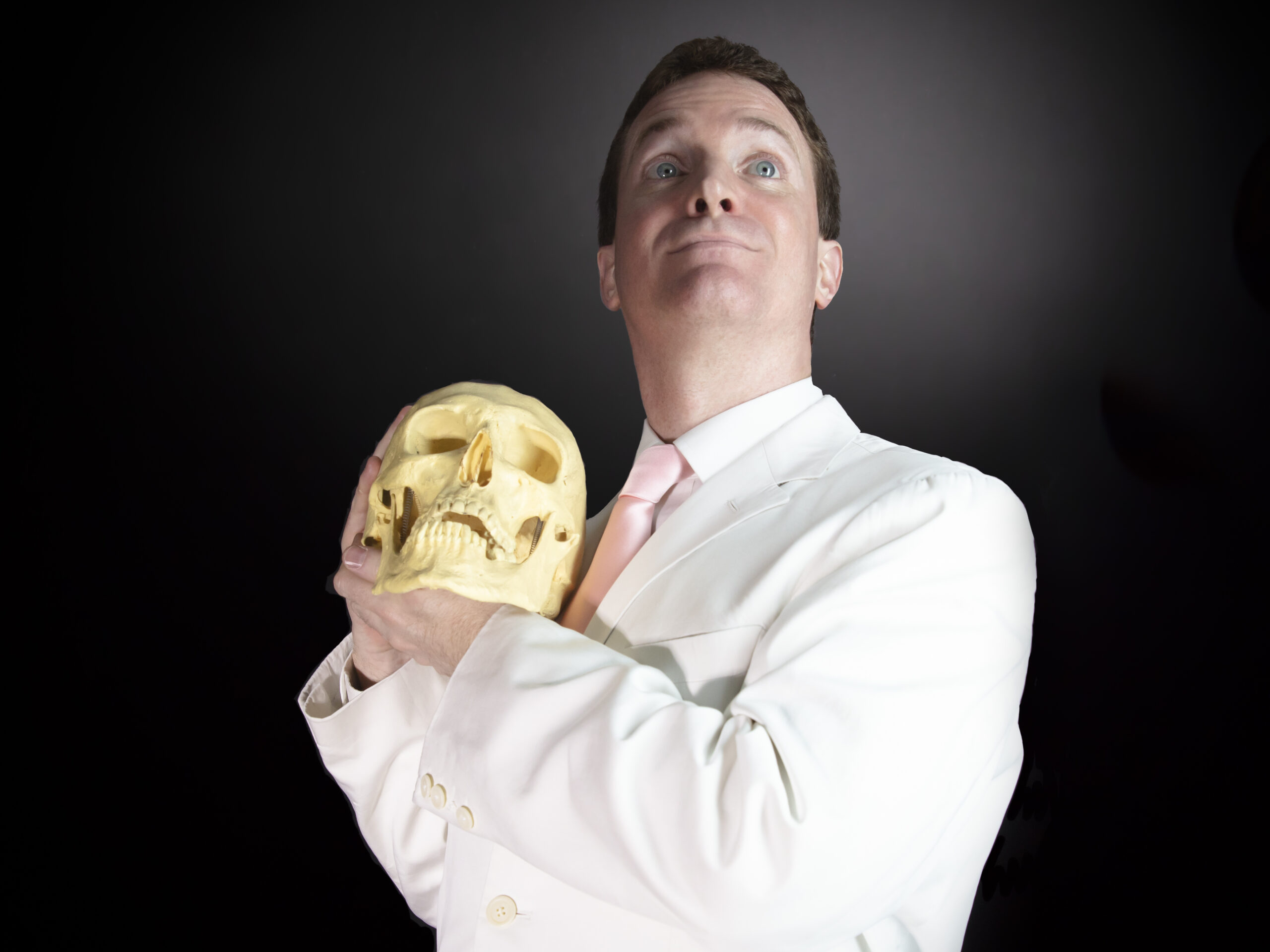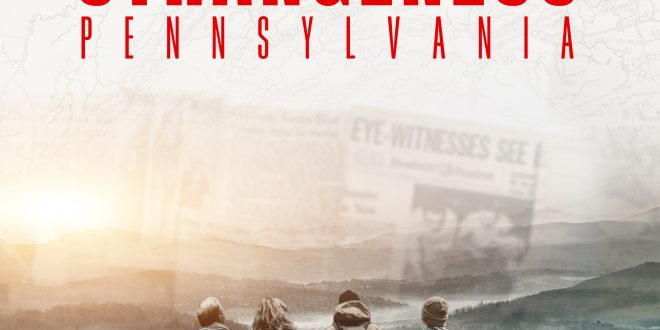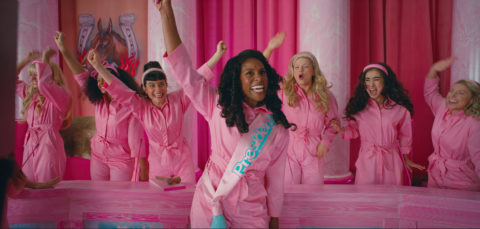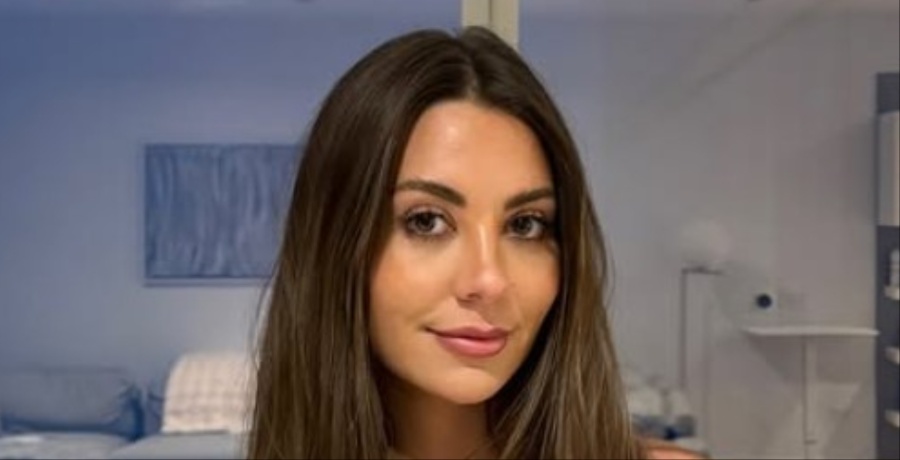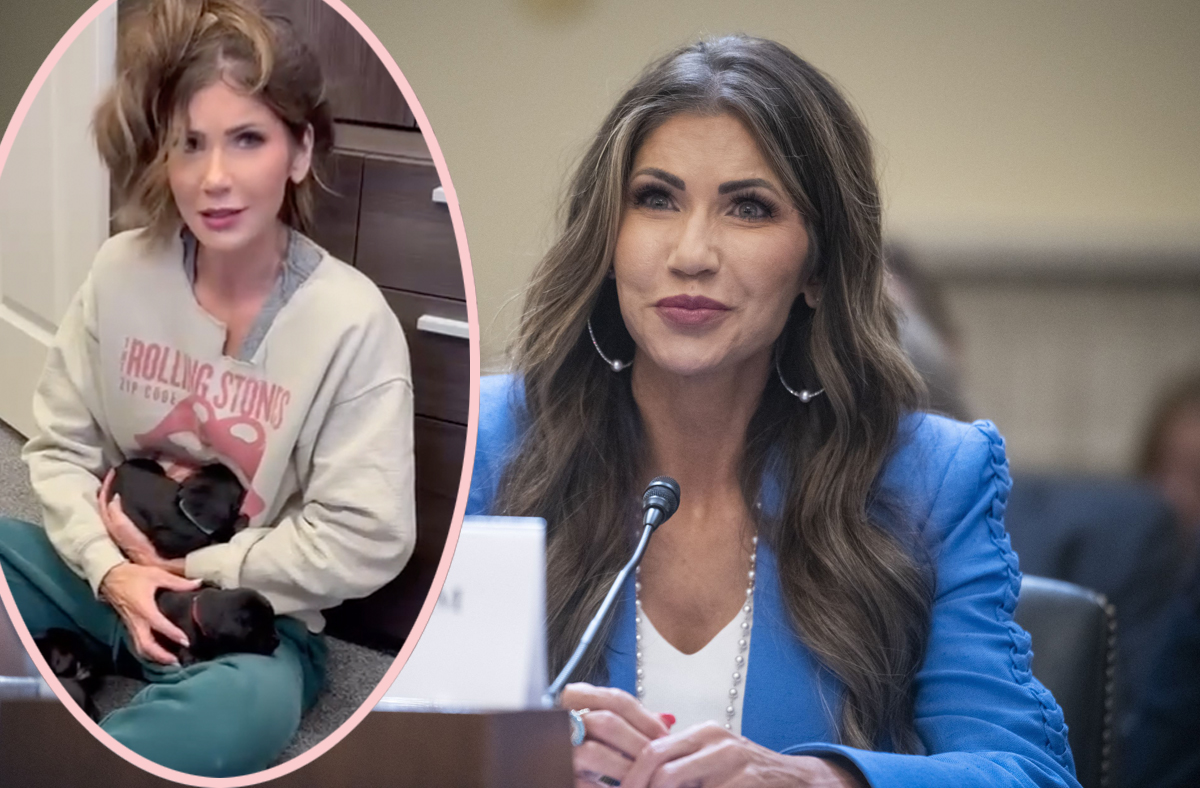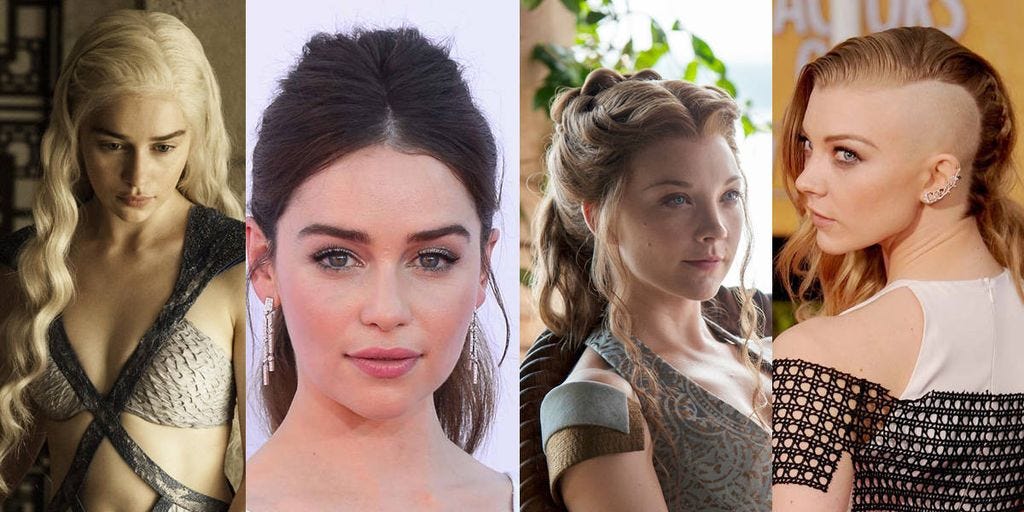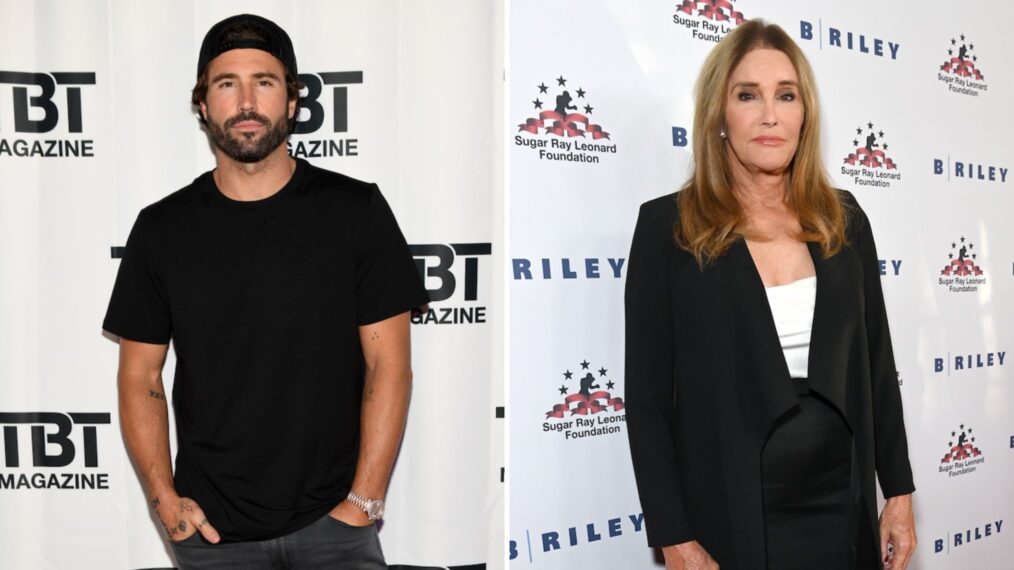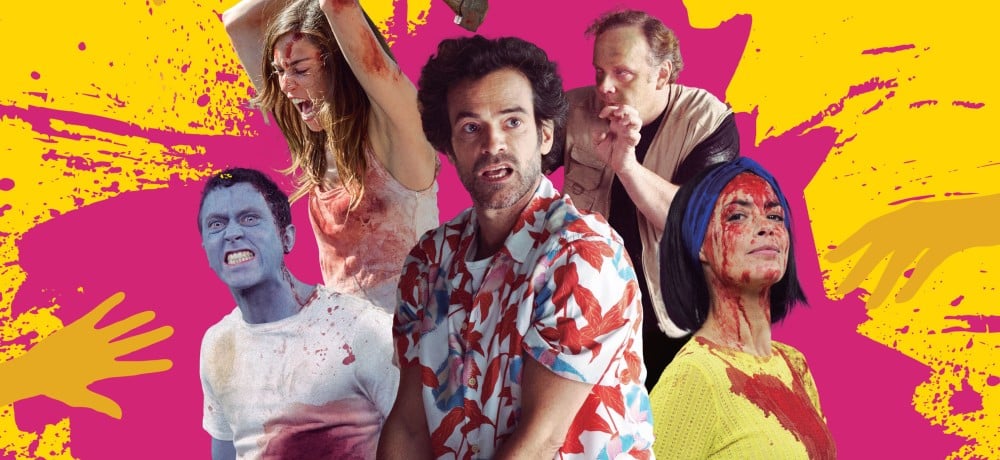
In theaters today from Kino Lorber is Final Cut, from writer / director Michel Hazanavicius and starring Romain Duris, Bérénice Bejo, Matilda Lutz, Finnegan Oldfield. A remake of Shin’ichirô Ueda’s One Cut of the Dead, the film is a blood-soaked love letter to the filmmaking process that is sure to bring a smile to your face. In our latest Q&A, Michel Hazanavicius talks about the origins of Final Cut, pulling inspiration from past filmmaking experiences, and the challenges of making a bloody zombie film that also has a 35-minute single shot:
How did you first become aware of Shin’ichirō Ueda’s One Cut of the Dead and how did Final Cut come about as your latest film?
Michel Hazanavicius: I was working on an animated movie when the pandemic stopped the financing of it. So during the lockdown, I started to write a script for a comedy based on a set, something I had wanted to do for awhile. Then a producer called me, and when I told him what I was working on, he told me he had just bought the rights for a remake of a Japanese student’s movie. That was One Cut of the Dead. I loved it, the structure was so clever, I thought it was a great playground, and also very challenging. So I jumped on it.
This movie really gives a great look at the passion, struggles, and triumphs that are all part of the filmmaking process. How did you use your past on-set experiences to inform what happens within Final Cut?
Michel Hazanavicius: I started to work in the industry as a runner when I was 21, 35 years ago. So I had time to observe a lot of awkward behaviors, people with huge egos, stupid guys overcasted, strange situations, etc. But the fact is every time, people want to do their best, and are fully involved in the making of a show. And when you have a compact crew, everyone being together, the miracle happens. When you wrap the project having done what you had to do, you’re proud of being part of this crew, and it’s such a sweet feeling. That’s what I wanted to talk about, the two sides of people who make movies. We’re stupid, pretentious, ridiculous, but when we are together, we make miracles. And the group is way better than the addition of individuals.
Prior to working on the film, were you a fan of zombie movies and horror films? Do you have a favorite and/or did you watch any movies as a point or reference prior to filming Final Cut?
Michel Hazanavicius: I’m not a big fan of zombie movies. Of course I love some: George Romero’s movies, Train to Busan, or Shaun of the Dead, but I love them because they are really good movies, not because they are zombie movies.
Can you talk about the cast and the energy they brought to their roles on-set? This is a movie that really relies on its cast to be both energetic to keep up with the pace and to make all of the comedy work.
Michel Hazanavicius: That was one of the challenges of the movie, to keep that special energy there is in the original One Cut of the Dead. And it’s not the same equation when you do an extra low budget movie with unknown actors, and when you work with professionals, and very famous actors. But we’ve been helped by two things. First, we rehearsed for more than 5 weeks the long shot that opens the film, and that created a real solidarity between all of us, like a theatrical troupe. All the actors realized that to successfully do such a shot, everyone needed everyone, and is fully dependent on the others. So you better help your partners. That feeling spread throughout the entire crew. And the second thing is that we shot it during the pandemic, and we still had a curfew, so it was one of the first shootings authorized. Everyone was so happy to come back to life, we were like kids on the first day of vacation.
With this movie relying on some very long takes and the way the movie changes in the second half, this requires a lot of preparation. What was the biggest challenge when filming? Are there any favorite on-set memories you can share?
Michel Hazanavicius: One of the biggest challenges was of course the 35 minute shot. Not only because of the precision that it requires, but also because it’s a movie within a movie, and it’s supposed to be a movie where everything goes wrong. So the rhythm has to be awkward, sometimes the weird situations have to be interminable, and you can’t add jokes or funny things to make it funnier or easier to watch. So you do a very complex shot to prepare, with SFX, blood, stunts, etc, and you have to keep it like a bad movie. That was the price to pay for a great satisfaction in the third act.
And yes I can share an anecdote. First, remember the movie is about a director who makes a remake of a Japanese movie. His wife is played by Berenice Bejo, who is my wife in real life, and his daughter is played by Simone Hazanavicius, who is my daughter in real life. And in the movie within the movie, Berenice is attacked and has her face full of blood. Now here’s the story. We had been shooting for three weeks, and one morning, I woke up to hear a huge noise coming from the bathroom. I go there and find Berenice, unconscious, laying on the floor. She had slept, and when I turned her, she had her face full of blood, exactly like in the movie. And I thought wow, this is going too far!
In the end it was not too serious, but we had to stop the shooting for one week, waiting for her to heal and get her normal face back. But the good thing is that during that week, it rained everyday, so actually, by injuring herself, Berenice saved the production because we needed the sun to shoot. She’s really a wonderful actress, always here to help.
—

